As sustainable design evolves, the challenge lies not only in recycling materials but also in pushing the boundaries of their aesthetic and functional potential. This second installment explores how designers are experimenting with styrofoam’s physical and visual qualities to create distinctive furniture that balances durability, artistry, and environmental awareness.

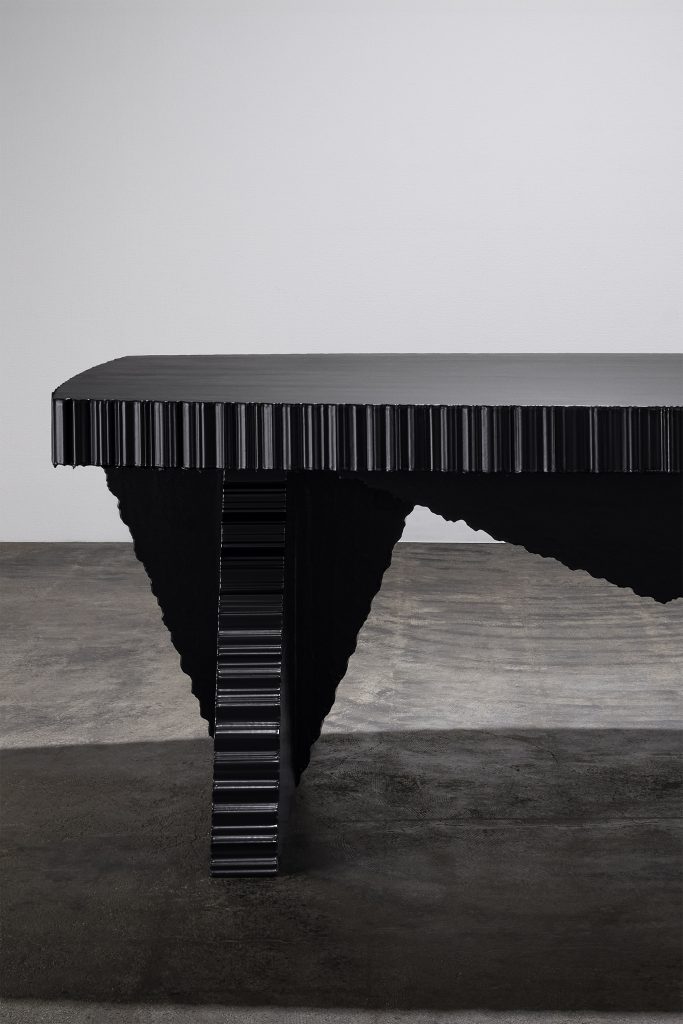
VNTA Table by Yuta Takahashi
Building on the exploration of styrofoam’s creative potential, Japanese designer Yuta Takahashi is pushing the material beyond traditional applications. His VNTA Table is a striking example of sculptural furniture that transforms polystyrene foam into an object of lasting value and artistic merit.
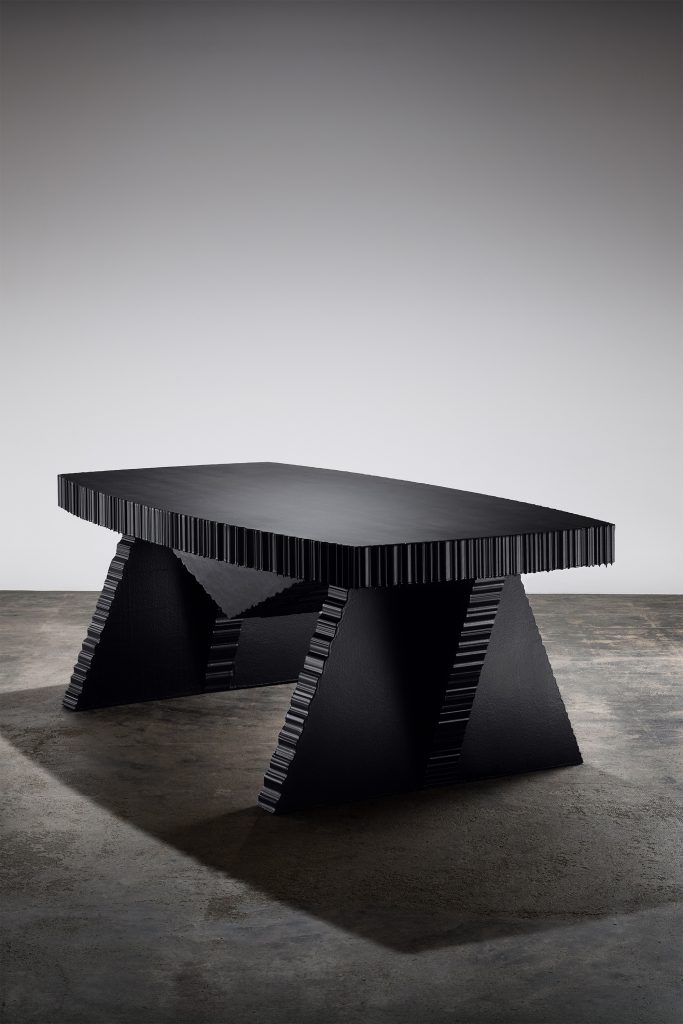
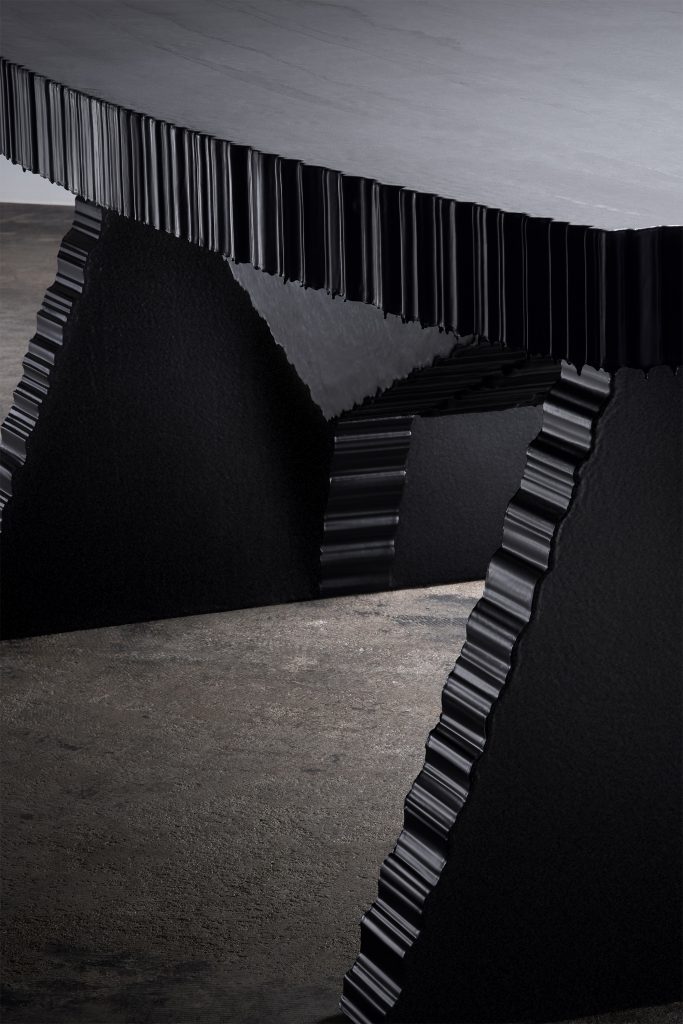
VNTA Table by Yuta Takahashi
Crafted from polystyrene foam reinforced with fiber-resin, the table juxtaposes soft, rounded contours with sharply angled legs, creating dynamic visual tension. Subtle hand-sculpted irregularities on the surface contrast with its polished finish, emphasizing the interplay between craftsmanship and material transformation. Takahashi’s approach elevates a typically disposable material into a permanent, functional artwork.
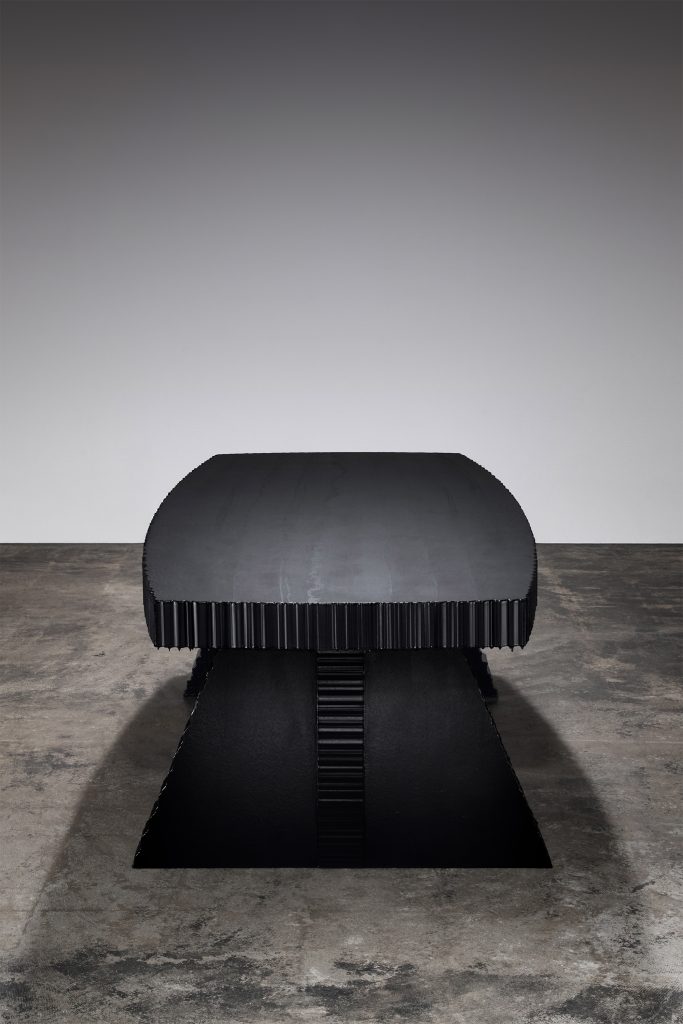
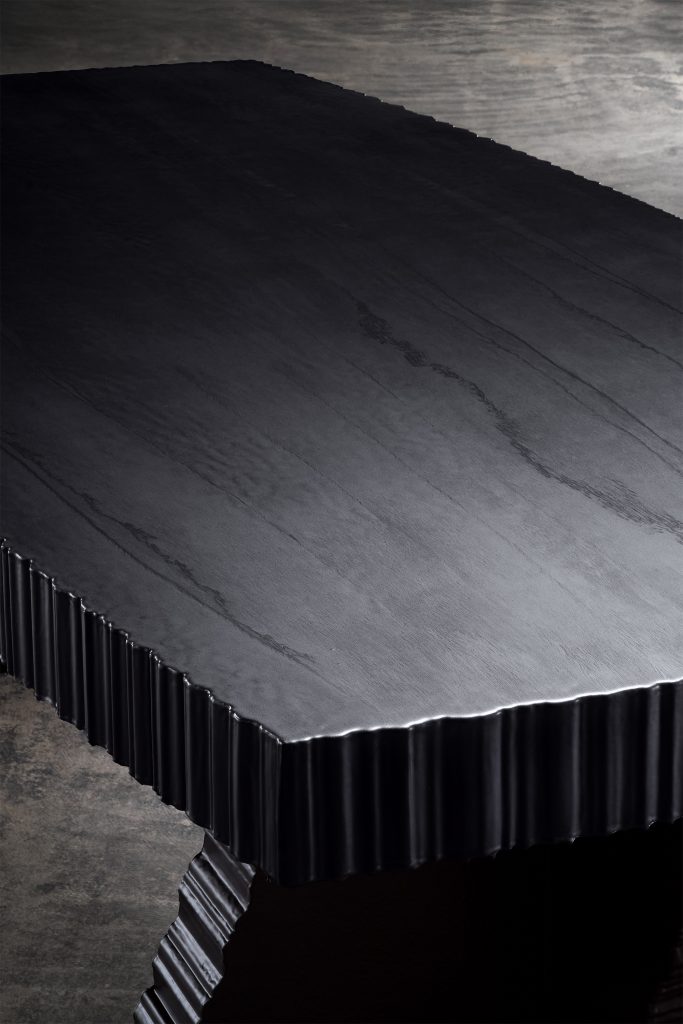
VNTA Table by Yuta Takahashi
Engineered polystyrene foam offers lightweight strength and a lower environmental impact compared to conventional materials. Takahashi’s work challenges assumptions about value and craftsmanship by repurposing waste into a functional sculpture.
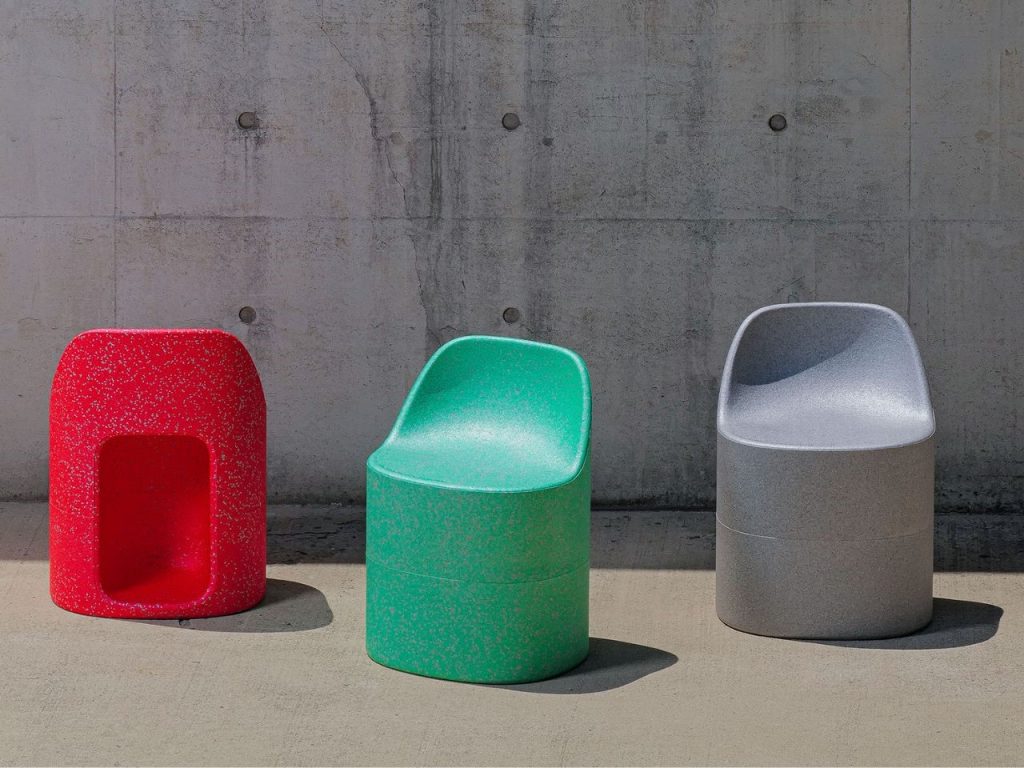
Form&Foam by BKID
Expanding on innovative uses of foam materials, the Form&Foam seating system by Korean design collective BKID redefines public seating with a focus on adaptability and durability. Public spaces demand furniture that can withstand diverse activities and heavy use, and this product meets that challenge through smart material choice and user-centered design.


Form&Foam by BKID
Constructed from Expanded Polypropylene (EPP), Form&Foam chairs combine softness, shock resistance, and exceptional lightness. This makes them durable enough for continuous public use, yet easy to move and rearrange. The system includes two variants tailored to different postures: the upright “Sit” chair, suitable for formal settings like conferences, and the more relaxed “Lean” chair, designed for informal gatherings such as outdoor concerts.
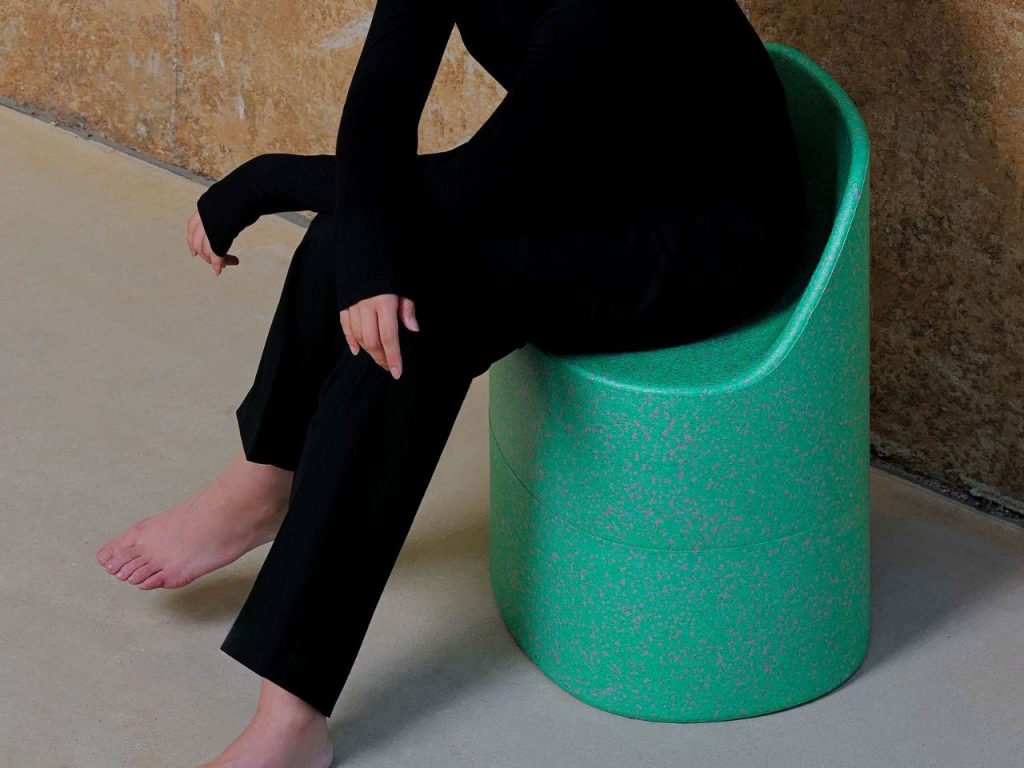
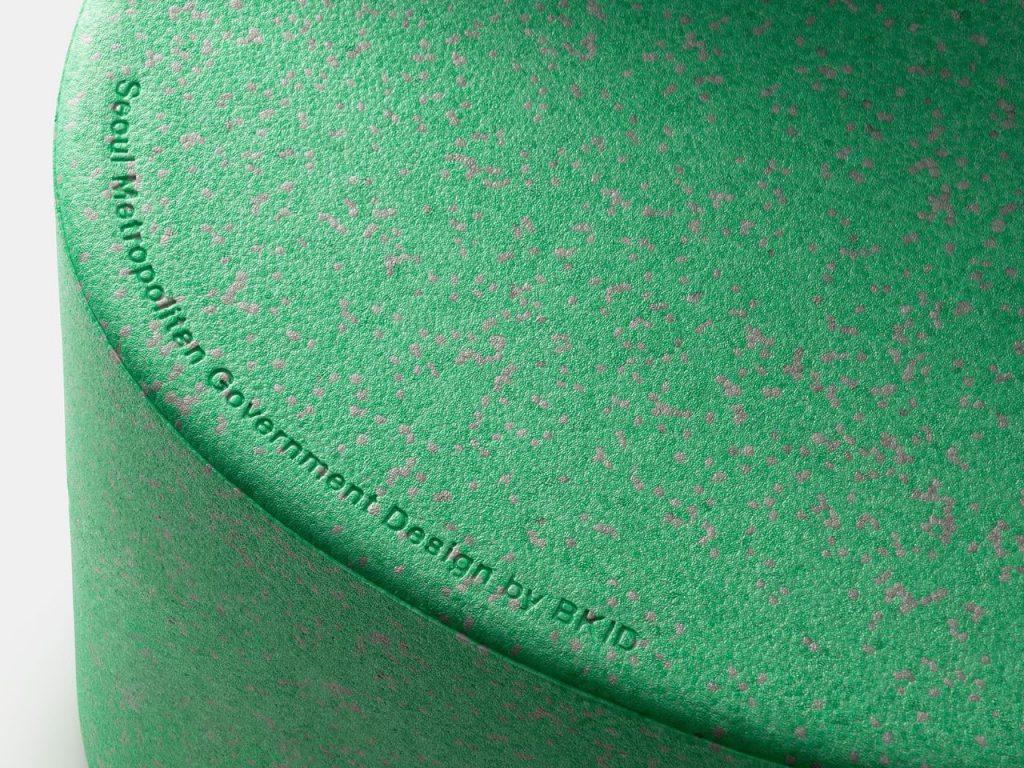
Form&Foam by BKID
Ergonomics and practicality are central to the design. Each chair features a hollow space and a debossed grip at the back, allowing users to easily lift and transport the pieces. However, despite their portability, the chairs currently lack stackability—an aspect that could enhance storage and logistics for large-scale events. Still, Form&Foam scores high on customization, offered initially in five vibrant colors, with the potential for further customization thanks to EPP’s dyeable nature.
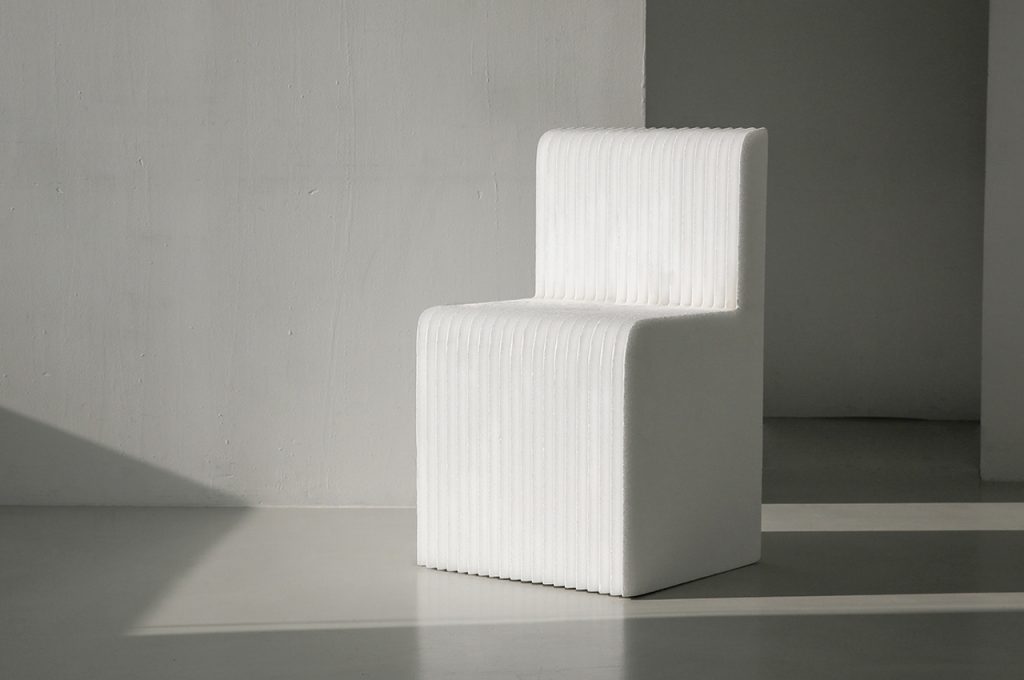
Tamable Chair by Fountain Studio (also header image)
Styrofoam’s unique physical properties make it an unlikely yet intriguing material for furniture design. Seoul-based Fountain Studio capitalizes on these qualities in their Tamable Chair, a conceptual lounge chair that evolves with the user. Made entirely from expandable polystyrene foam, the chair challenges conventional ideas of comfort and adaptability.
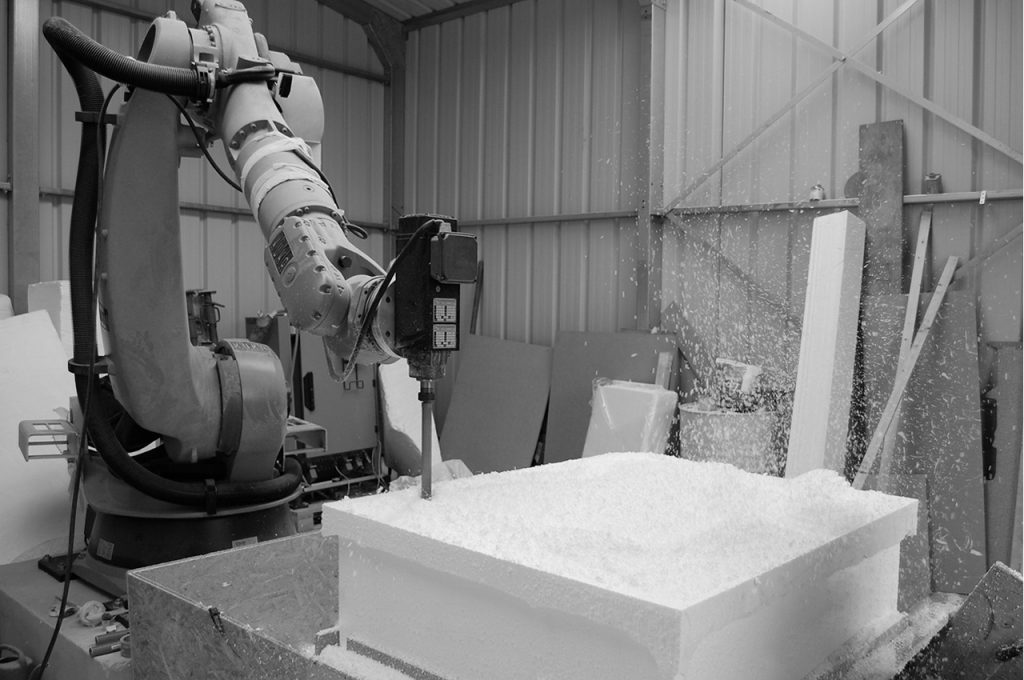

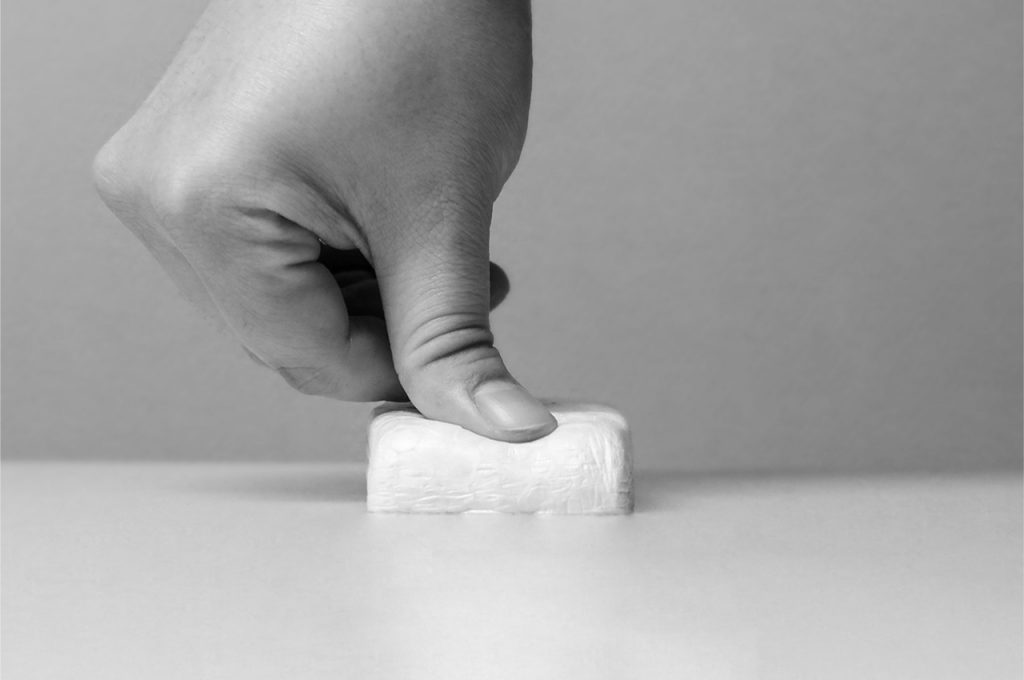
Tamable Chair by Fountain Studio
Composed of 98% air, styrofoam’s closed-cell extruded polystyrene structure lends it both rigidity and buoyancy. These characteristics inspired Fountain Studio to harness the material’s natural tendency to deform under pressure. Like the lasting impressions left by fingerprints on styrofoam sheets, the Tamable Chair’s surface subtly morphs over time, molding itself to the sitter’s body and different postures.
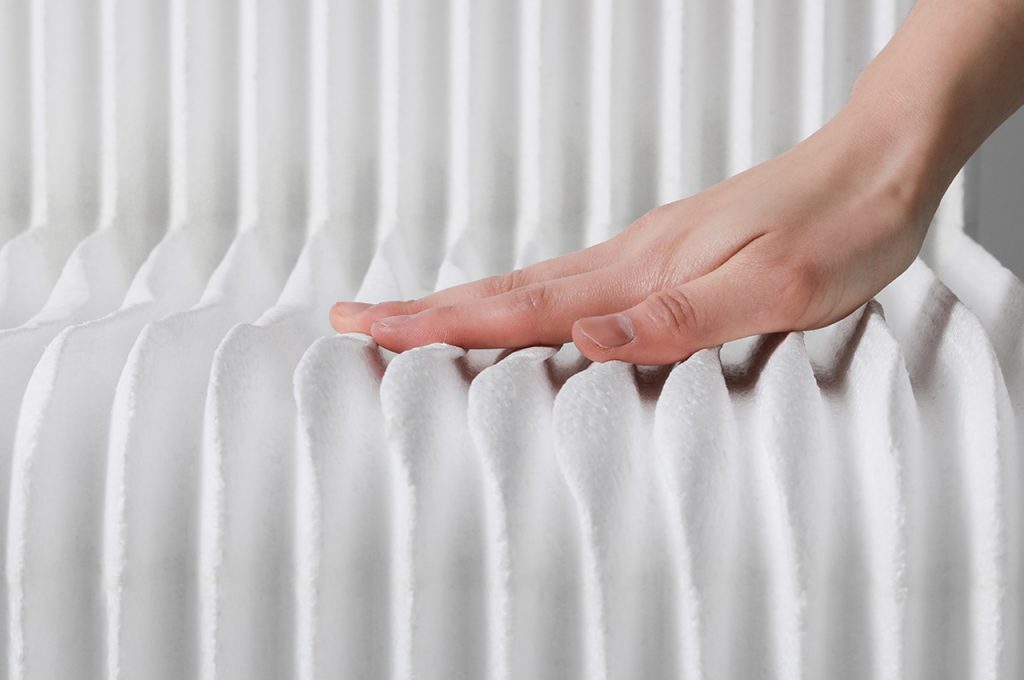
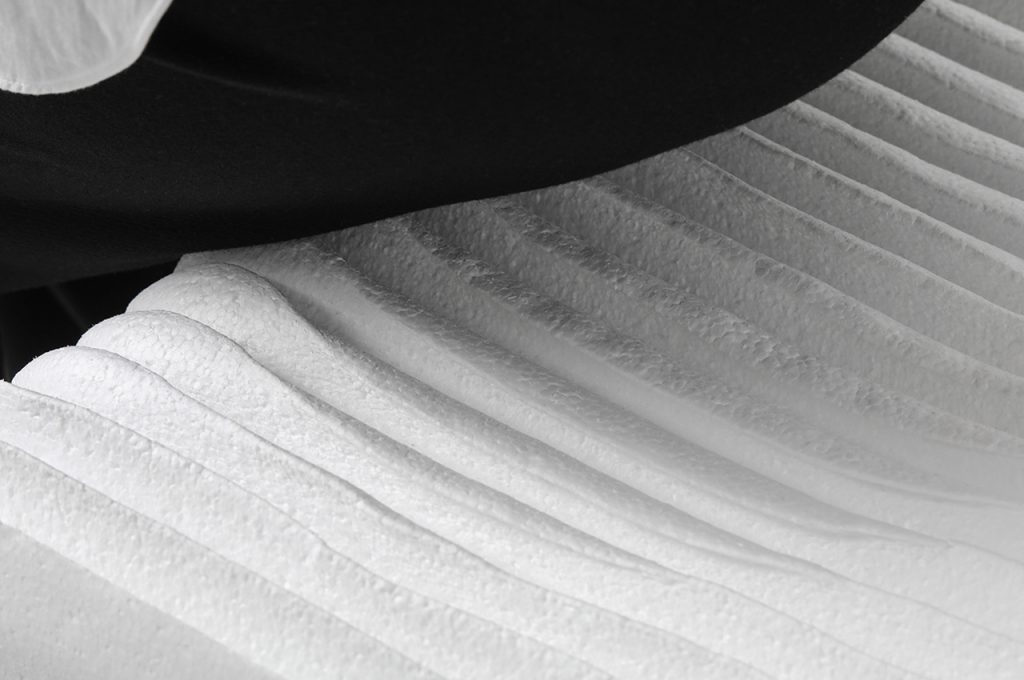
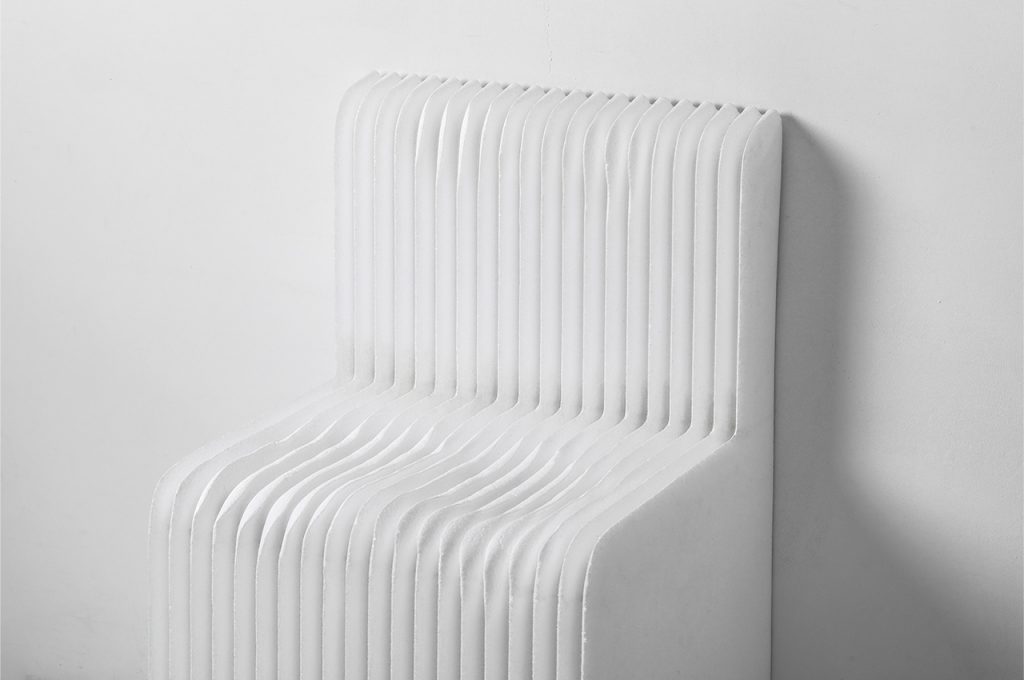
Tamable Chair by Fountain Studio
Manufactured through precise CNC milling, the chair features stylistic ridges and an ergonomic form that balances lightweight construction with durability. This transformative comfort, improving with use much like a well-worn pair of jeans, exemplifies how the studio reimagines a familiar packing material into a dynamic, functional piece.